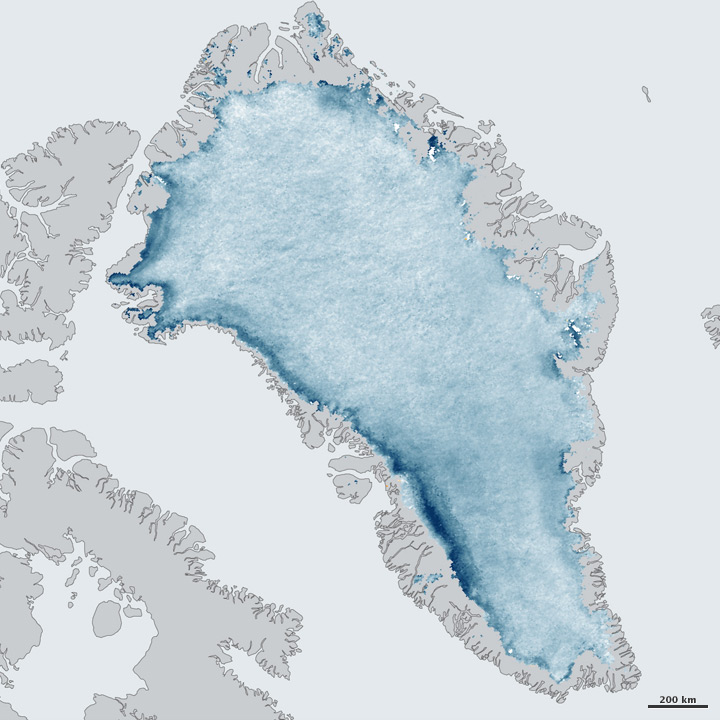Alþjóðleg rannsókn á áhrifum gosöskunnar á lífríkið í hafinu er hafin.
Þessi frétt hér að neðan kemur frá BBC, Mbl.is var síðan með smá frétt, væntanlega unna úr þessari. Þekki ekki og virðist ekki koma fram í fréttinni hvort Íslendingar með í þessari rannsókn, mögulega, eða með aðra sjálfir ?
A team of scientists has returned to the North Atlantic to get more data on how the Icelandic volcanic eruption has affected the region's marine biology.
By Mark Kinver, Science and environment reporter, BBC News
They are assessing whether iron within the vast volcanic ash cloud entered the ocean, causing an extended bloom of tiny organisms known as phytoplankton.
The team, in the middle of a five-week cruise, have recorded "enhanced levels" of iron in samples they have collected.
The latest project follows an earlier cruise, carried out in the spring.
The international team of researchers are hoping to measure if trace elements from the ash have had an impact on the region's phytoplankton blooms.
"A hundred million cubic metres of ash was produced by the volcano - that must have gone somewhere and a large part has fallen into the ocean - so that is a significant iron source," said lead scientist Eric Achterberg, from the UK's National Oceanography Centre.
Professor Achterberg explained that the team had limited time to analyse data collected on their first cruise before they headed out to sea again.
"The guys only had six or seven weeks to pack and remobilise for the next cruise," he told BBC News.
However, he added that they did manage to glean some initial information: "For example, when they were right underneath the volcanic ash cloud in Iceland, they found that the iron levels were very high.
"But we have not got a really large-scale picture yet - there is so much data."
The area of the North Atlantic in which the researchers are collecting samples normally has very low inputs of iron and other nutrients from the atmosphere.
It was therefore assumed that phytoplankton were growing in a sub-optimum manner.
"The original objective for this cruise was to go out... and look at the conditions in the ocean after the massive spring bloom," explained Professor Achterberg.
"The hypothesis was that the system would have run out of iron by this point."
However, he added that the eruption in March could potentially change this.
"What we are doing is taking samples from the ocean, the atmosphere, and we are looking at biological growth in the ocean.
"We are seeing some enhanced levels (of dissolved iron) below the "mixed layers" of 20-40 metres deep.
"It may be a result of the volcanic ash, but we really need to have a better look at this on a wider scale."
'Unique opportunity'
If the ash from the eruption added a significant amount of iron to the ocean, the team hope to collect data to confirm that it did trigger extended phytoplankton blooms.
"It is something that we are hoping to see," said Professor Achterberg.
"This would also mean that the phytoplankton would take up more atmospheric CO2 than what it usually does in a normal year."
The expedition - aboard the RRS Discovery, a Natural Environment Research Council (Nerc) vessel - is part of a climate change project that is looking at the efficiency of phytoplankton to absorb atmospheric CO2 and sequester it in the deep ocean.
He went on to say that the cruise, which was originally planned five years ago, provided a "totally unique opportunity".
"Never, at this scale, have people been able to do this.
"Firstly, we do not get that many volcanic eruptions on this scale, and secondly, it is only recently that we have been able to take the iron sampling and carry out analysis in the manner that we can do now.
"It has luckily come together in a very nice manner."
Professor Achterberg said that the team hoped to make the results available "within months" of returning from the current cruise, which is scheduled to end in mid-August.







 Þröstur Þorsteinsson.
Þröstur Þorsteinsson.











